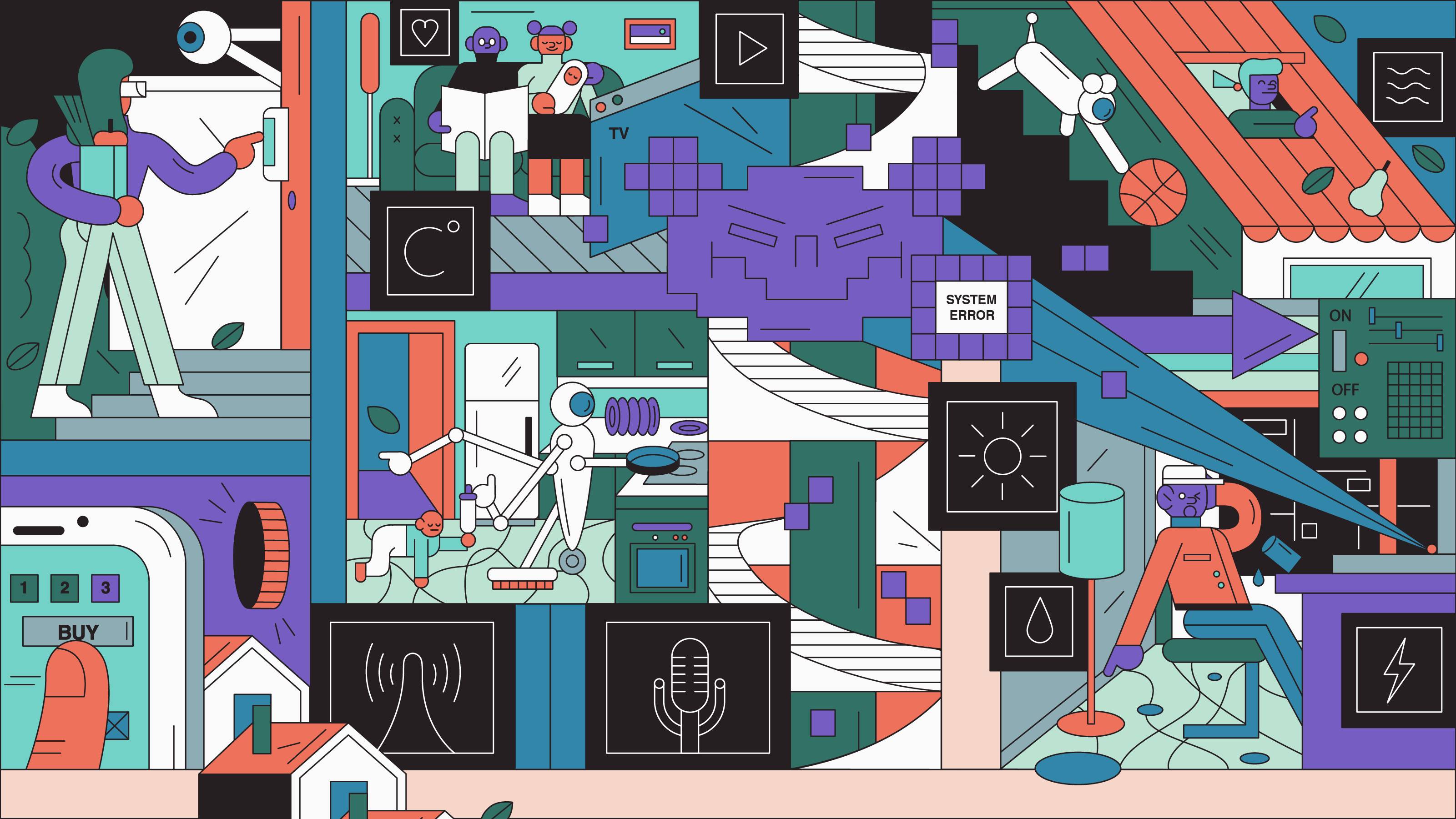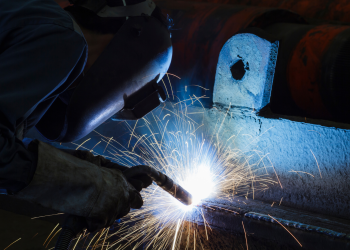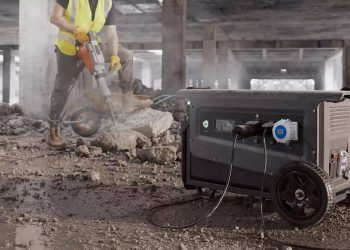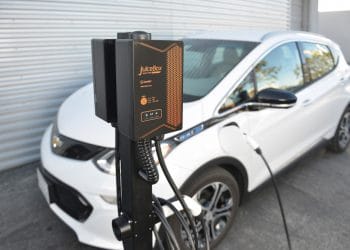The world is in the throes of a digital revolution. All around us, smart devices are changing the way we interact with our homes, our vehicles, our TVs’ – even our doorbells. Smart devices are getting more intelligent – so smart, they’re even starting to communicate with each other.
The use of these technologies is increasing at a startling rate. In 1990, there were an estimated 300,000 connected smart devices – by 2025, that number is expected to exceed one trillion.
The much-anticipated “Internet of Things” (IoT) is finally coming to fruition with new devices, improving our lives, and increasing our understanding of our environments. Here are just a few ways smart devices and the IoT are changing our lives forever.
Smart industries
Smart technologies aren’t just being used for domestic and consumer applications. They also have a wide range of industrial uses and are transforming the way businesses operate and streamline their services.
By harnessing the vast potential of data, digitalization companies like TruQC are transforming the profitability of large-scale industrial companies by driving efficiency and accuracy through real-time management reporting systems.
Smart appliances
Not so long ago (i.e., as recently as five years ago), the majority of home appliances were controlled manually via dials or buttons and required you to be in front of them to use them. These days, almost all new appliances ship with some form of in-built computer – whether that be a washing machine, television, or cooker – making them much easier to operate.
While there’s nothing new about embedding microchips in home appliances – microwaves and the like have had them for many years – what is new is the intelligence capabilities of these integrated computer systems and the fact most are now connected to the internet.
Being connected means devices can be controlled remotely (normally by an app) and can communicate with each other, bringing tremendous savings in time and money.
To give a real-world example, a modern smart-home can be programmed to turn up the heating when it gets cold, open the curtains to help you wake up, put on the kettle ready for your morning coffee and automatically open the garage doors when it senses you leaving the house for work. Our entire homes are about to become automated, and the technology is expected to become as common as owning a mobile phone.
Smart retail
We are already familiar with basic smart retailing in the form of self-service check-outs and barcode scanning apps; however, the future of shopping is about to get a lot more intelligent and convenient.
Retailers are already trialing systems where shoppers can take items from the shelf, put them into their shopping bag, and leave the store without handing over money or going through a check-out. The smart shopping experience monitors what you buy and charges you automatically as you leave the store. Self-stocking shelves will also soon become commonplace, with products being automatically restocked when they run low.
Smart vehicles
We’ve been promised smart vehicles for some time, but companies like Tesla have been making considerable advances in the technologies over recent years. Even taxi companies like Uber are trialing self-driving cars, and significant HGV manufacturers are looking at deploying automated truck convoys, pre-programmed to ‘drive’ to their destination. Fully automated vehicles will soon be a common sight on our roads.
Smart roads
The age of smart roads is upon us, and technologies are already widely used by companies like Google to forecast traffic bottlenecks and give real-time updates to drivers on queues, roadworks, and other associated travel problems. In the future, we will also see electric charging lanes to recharge e-vehicles while driving, removing the need to stop to recharge cells.
The use of automation in our lives is increasing exponentially, and smart devices communicating over the IoT are about to transform our worlds. The future’s connected – the future’s smart.








